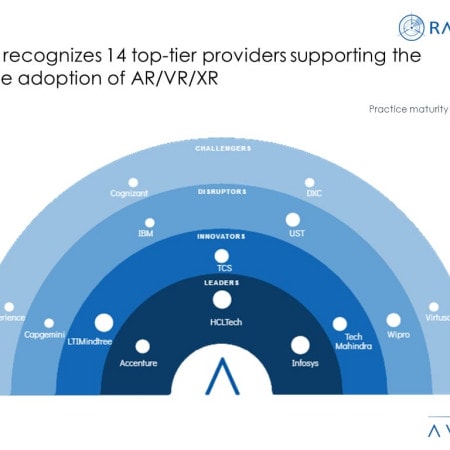-
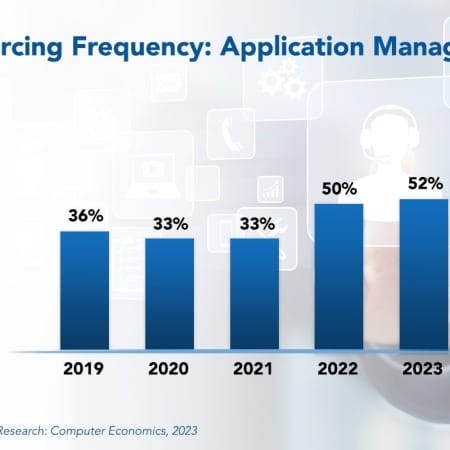
Application Management Outsourcing Booming Despite SaaS
As the application portfolio of an enterprise grows, the ongoing support for those systems can become a burden on the IT organization, leaving little time for developing and implementing new applications. In response, some organizations see outsourcing application management as an attractive option. Although SaaS and the cloud have taken over many application management responsibilities, businesses continue to outsource this function. This Research Byte explores this trend, based on our full report, Application Management Outsourcing Trends and Customer Experience.
December, 2023
-
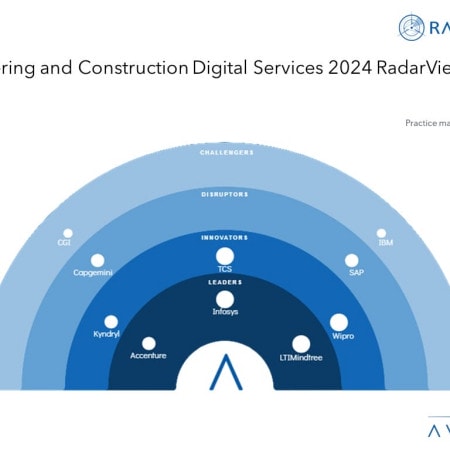
Transforming Legacy Construction Processes Using Digital Technology
In the face of challenges such as cost pressures, climate compliance needs, labor shortages, and supply chain disruptions, the engineering and construction industry is aggressively pouring digital investments and adopting cutting-edge technologies — generative AI, advanced analytics, digital twin, and virtual reality — to address these challenges. Leveraging connected construction platforms, project management solutions, drone-based inspections, and modular construction, they aim to enhance project efficiency, reduce costs, and prioritize worker safety and technology usability. As this requires strong technological expertise and delivery capabilities, engineering and construction enterprises are collaborating with service providers for digital transformation. Both demand-side and supply-side trends are covered in our Engineering and Construction Digital Services 2024 Market Insights™ and Engineering and Construction Digital Services 2024 RadarView™, respectively.
January, 2024
-
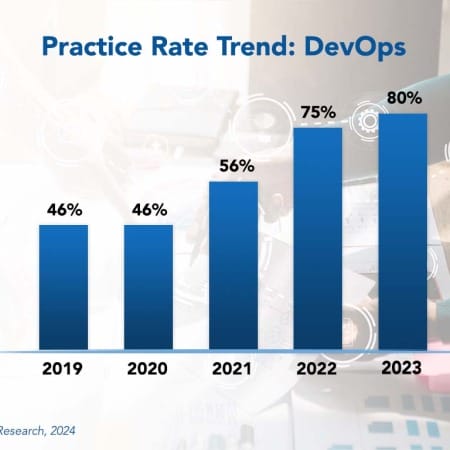
DevOps For Everyone
DevOps has been a way of life for big tech and software companies. But now, it is gaining notable traction among corporate IT organizations. Organizations need to adapt to the rapidly changing landscape of software development and IT operations. Once believed to only be useful for large development teams, DevOps can provide increased speed and efficiency, flexibility, adaptability, security integration, and customer satisfaction for enterprises of all sizes. This Research Byte provides a summary of our full report on DevOps Best Practices.
February, 2024
-
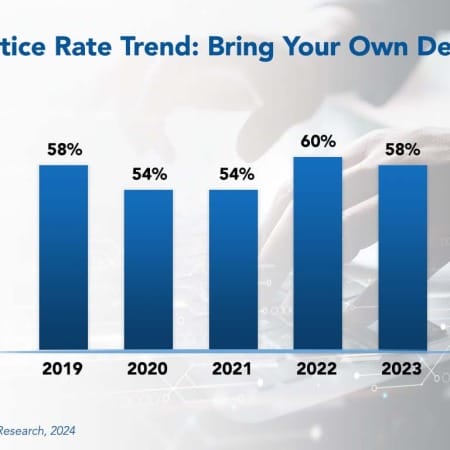
BYOD Adoption Stagnates But Security Threats Grow
Bring your own device (BYOD) policies are a sensible approach for many organizations to leverage the convenience and familiarity of personal devices for their employees. These policies proved to be effective when employees worked from home during the pandemic. But BYOD adoption appears to have reached its peak, plateauing over the past five years. This Research Byte is a brief overview of our report on this subject, BYOD Best Practices.
March, 2024
-
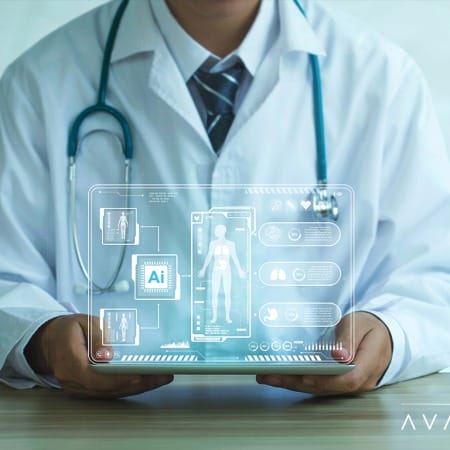
Optimizing Cost Savings in the Healthcare Industry through Nearshore Outsourcing: A Case Study
The healthcare industry is facing increasing pressure to reduce costs and improve efficiency, while maintaining high standards of quality and patient satisfaction. One of the ways that healthcare organizations can achieve these goals is by outsourcing some of their non-core functions to external vendors, such as IT, billing, customer service, data entry, and transcription. However, traditional offshore outsourcing models often pose challenges in terms of communication, cultural differences, time zones, and regulatory compliance. In this case study, we present how a leading healthcare provider in the United States leveraged nearshore outsourcing to optimize its cost savings and operational performance.
April, 2024
-
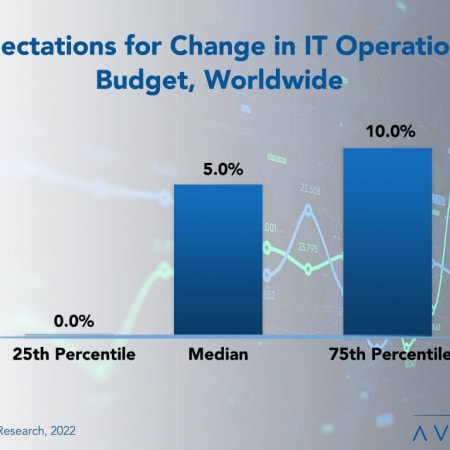
IT Spending Rising Despite Recession Fears
Despite most of our survey respondents agreeing that the economy will be worse in 2023 than in 2022, they also report IT spending increases that are broad and strong. How can this be? It is because business leaders no longer see IT as a cost center but as a strategic driver of growth. As a result, they are giving their IT departments greater resources to help plan for a possible coming recession rather than asking them to tighten their belts. This Research Byte summarizes the full study.
February, 2023
-
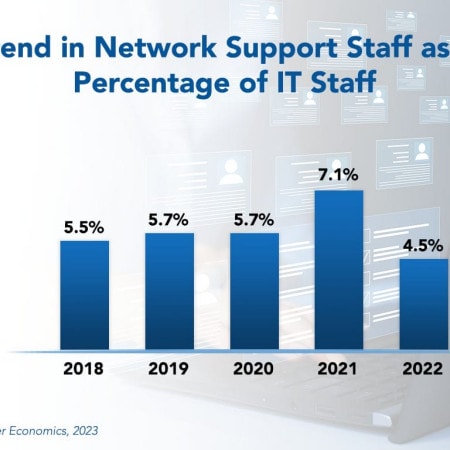
Network Support Staffing Seeing Net Loss
The last couple of years have been volatile in terms of IT staffing for network support. This is representative of a larger shift in IT services and staffing overall, driven by digital transformation and the pandemic. As such, there has been growth in IT roles that work more closely with the business including IT finance, project management, data management, and business analysts. This Research Byte highlights the causes of this notable decrease and suggests how businesses can continue to adapt to changes in IT services and staffing requirements.
May, 2023
-
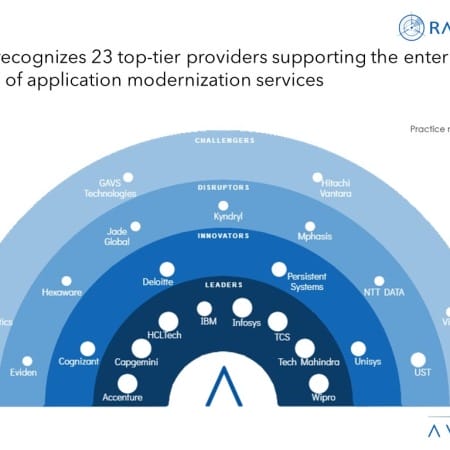
Application Modernization Services: Gaining competitive advantage by modernizing applications
Enterprises are compelled to modernize applications due to the evolving digital landscape’s demands for enhanced agility, user experiences, and competitiveness. Legacy systems often hinder innovation and lack the ability to harness data-driven insights. Service providers are pivotal in aiding businesses to achieve their application modernization goals. They offer expert assessments, strategy formulation, and technology selection, ensuring seamless migration, integration, security, and compliance. Service providers also facilitate thorough testing, training, and ongoing support, enabling enterprises to transition smoothly to modernized applications while aligning with business needs and driving transformative digital shifts. Both demand-side and supply-side trends are covered in Avasant’s Application Modernization Services 2023 Market Insights™ and Application Modernization Services 2023 RadarView™, respectively.
August, 2023
-
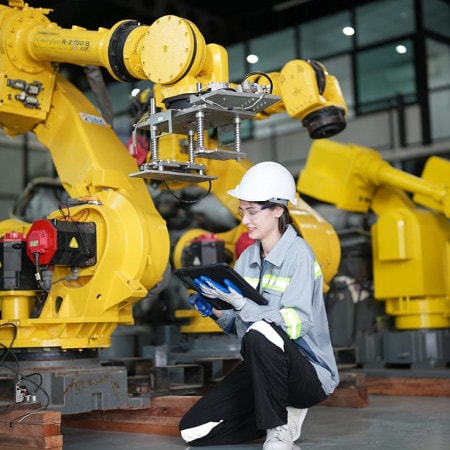
Generative AI: A Catalyst for Transforming the Manufacturing Industry
Generative AI is reshaping the future of AI and gaining momentum across various industries, including manufacturing. This whitepaper explores the use cases and enterprise applications of generative AI to utilize previously unexplored data sets and address industry challenges. It also highlights five key areas where generative AI is gaining traction within the manufacturing sector, such as accelerating product design, optimizing production processes, and so on. Finally, it discusses implementation challenges that hinder manufacturing enterprises from adopting generative AI at scale. By proactively investing in the right resources and addressing challenges, manufacturers can accelerate generative AI adoption while mitigating its potential risks.
September, 2023
-
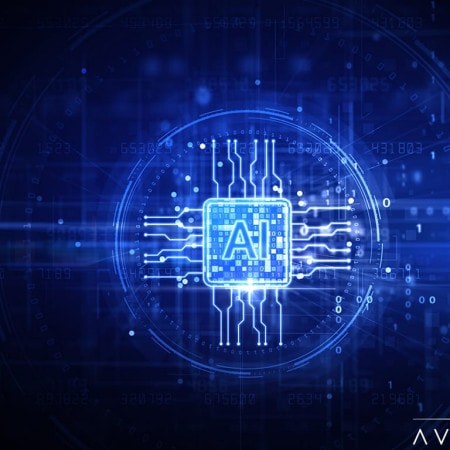
Generative AI-based Security Tools are, in Effect, Fighting Fire with Fire
Following the cultural and technological explosion brought forth by the launch of OpenAI’s ChatGPT last fall, the security industry has seen enormous investment in technologies for large language models (LLMs), such as generative AI. While players like Google and Microsoft have launched new generative AI security products, IBM, CrowdStrike, and Tenable have integrated features into their existing products. Though each product has its own capabilities, the focal point is to automate threat hunting and prioritize breach alerts. However, the rise of generative AI also includes the opportunity for threat actors. It has potentially lowered the barrier of entry for cybercriminals to develop sophisticated business email compromise phishing campaigns, find and exploit zero-day vulnerabilities, probe for critical infrastructure, create and distribute malware, and much more.
November, 2023
-
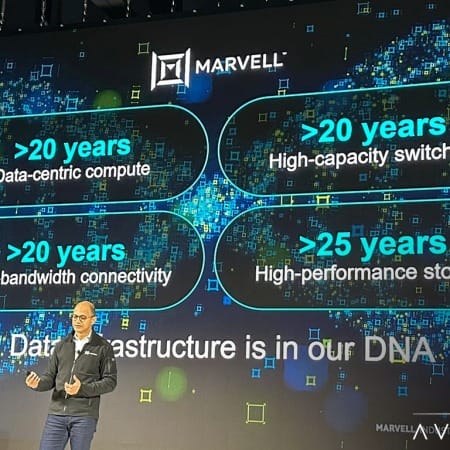
Marvell Continues to Chip Away at Silicon Rivals
Marvell Technology, once a humble manufacturer of chips for storage devices and networking equipment, has undergone a remarkable transformation. We check in with Marvell’s growing market share and new initiatives at an industry analyst day.
December, 2023
-
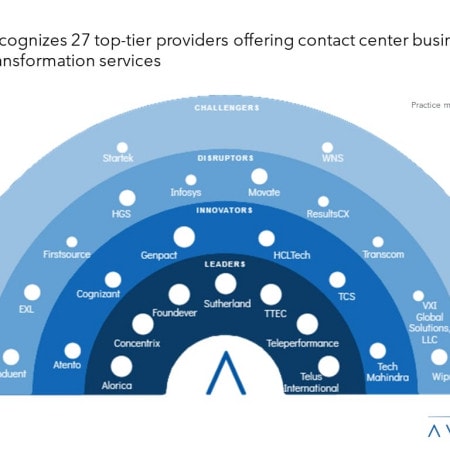
Finding the Synergy Between AI Capabilities and Human Agents to Enhance Customer Experience
Enterprises are strategically aligning their priorities to emphasize customer experience while concurrently optimizing costs. This approach has fueled the surge in nearshore outsourcing, underpinned by considerations such as data security, cultural alignment, and the imperative for swifter response times. The increased usage of digital channels, coupled with the integration of generative AI and cloud-based solutions, signifies a paradigm shift in the contact center outsourcing landscape. This technology integration is poised to drive the growth of contact center services as organizations increasingly seek tailored solutions by leveraging data-driven insights to navigate the intricate dynamics of the contemporary business environment. Demand-side and supply-side trends are covered in our Contact Center Business Process Transformation 2023–2024 Market Insights™ and Contact Center Business Process Transformation 2023–2024 RadarView™, respectively.
January, 2024
-
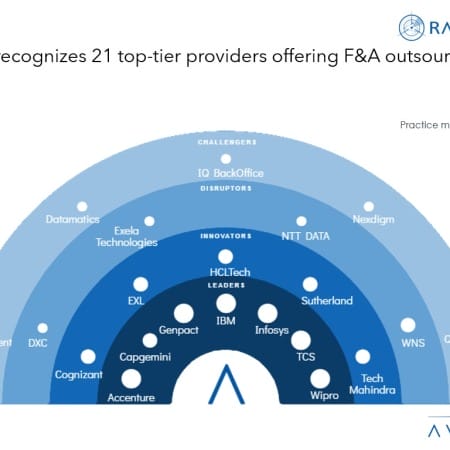
F&A Outsourcing Evolving amid Enterprise Challenges and Tech Disruptions
The finance and accounting (F&A) function has witnessed significant traction and has undergone several paradigm shifts over the last few years. This results from various factors, such as the rise of disruptive technologies like generative AI, worldwide pressure of declining GDP growth, high inflation, increasing risk of cybersecurity attacks, and issues with financial data privacy. This led to an over 13% growth in F&A outsourcing from July 2022 to July 2023 and an over 7% growth in active clients during the same period. To address these enterprise challenges and changing outsourcing dynamics, service providers are introducing technology-enabled solutions, especially generative AI-enabled solutions and sustainability-focused offerings, and expanding to newer service areas.
February, 2024
-
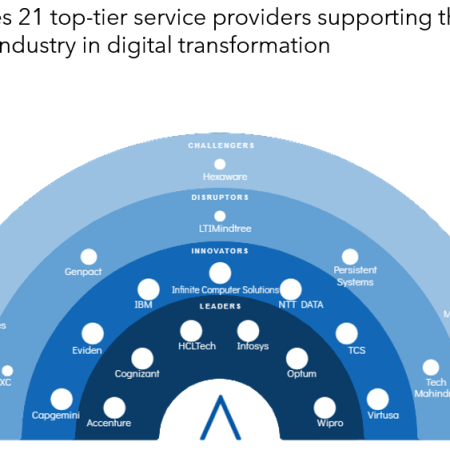
Empowering Healthcare Payors Using Digital Technologies
In the face of challenges such as rising healthcare costs, uncertainty over healthcare reform, IT/systems integration, and alignment of incentives with healthcare providers, the healthcare payor industry is aggressively pouring digital investments and adopting cutting-edge technologies, including generative AI, advanced analytics, automation, and cybersecurity, to address these challenges. Healthcare payor companies are leveraging digital technologies to revolutionize their processes. Healthcare payor enterprises collaborate with service providers for digital transformation, which requires strong technological expertise and delivery capabilities. Both demand-side and supply-side trends are covered in our Healthcare Payor Digital Services 2024 Market Insights™ and Healthcare Payor Digital Services 2024 RadarView™, respectively.
March, 2024

 Grid View
Grid View List View
List View